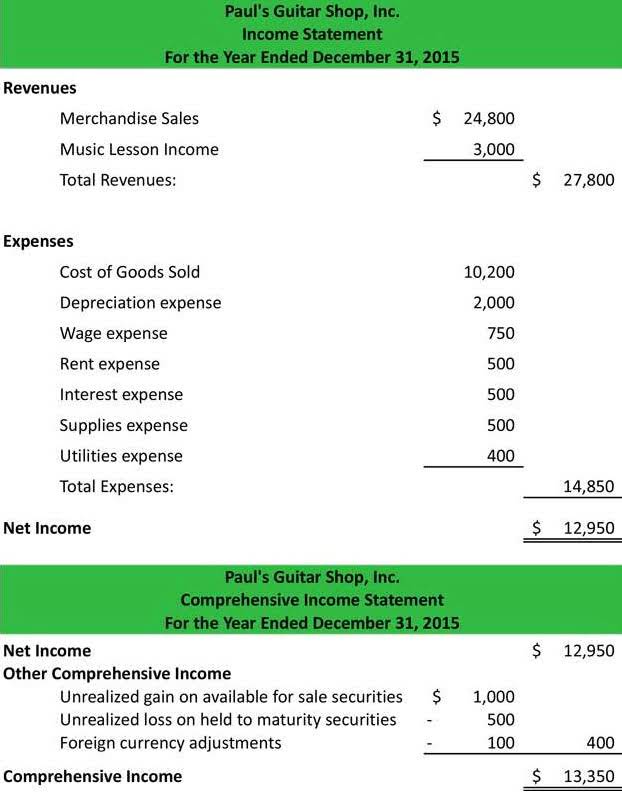
A debit will be made to the bad debt expense for $4,000 to balance the journal entry. Although the accounts receivable is not due in September, the company still has to report credit losses of $4,000 as bad debts expense in its income statement for the month. If accounts receivable is $40,000 and allowance for doubtful accounts is $4,000, the net book value reported on the balance sheet will be $36,000. Regardless of company policies and procedures for credit collections, the risk of the failure to receive payment is always present in a transaction utilizing credit.
- You record the allowance for doubtful accounts by debiting the Bad Debt Expense account and crediting the Allowance for Doubtful Accounts account.
- Trade credit insurance is one tool to help reduce the overall impact of bad debts and secure the accounts receivable asset, thereby improving the accuracy of cash flow and P&L forecasting.
- The allowance for doubtful accounts, aka bad debt reserves, is recorded as a contra asset account under the accounts receivable account on a company’s balance sheet.
- You’ll notice that because of this, the allowance for doubtful accounts increases.
Company
To account for potential bad debts, you have to debit the bad debt expense and credit the allowance for doubtful accounts. The allowance method journal entry takes the estimated amount of uncollectible accounts and establishes the allowance as a contra-asset, so it can either be zero or negative. There are four key types of contra accounts—contra asset, contra liability, contra equity, and contra revenue. Contra assets decrease the balance of a fixed or capital asset, carrying a credit balance. For example, say a company lists 100 customers who purchase on credit and the total amount owed is $1,000,000.
Allowance for doubtful accounts on the balance sheet
- Although the accounts receivable is not due in September, the company still has to report credit losses of $4,000 as bad debts expense in its income statement for the month.
- It can also help you to estimate your allowance for doubtful accounts more accurately.
- To mitigate this risk, companies establish an allowance for doubtful accounts—a crucial accounting practice that anticipates potential losses from uncollectible receivables.
- The balance in the allowance for doubtful accounts represents the dollar amount of the current accounts receivable balance that is expected to be uncollectible.
- Once the categorization is complete, businesses can estimate each group’s historical bad debt percentage.
Here’s a breakdown of the two primary methods and some additional strategies used by businesses for ADA formula and calculation. No matter how careful you are while evaluating your customer creditworthiness, offering trade credits increases your risk of bad debts, as some buyers will inevitably be unable to pay. Adjusting the allowance for doubtful accounts is important in maintaining accurate financial statements and assessing financial risk.
Allowance for Doubtful Accounts Journal Entry
- This means that the customer’s balance is still recorded in the receivables account.
- Contra liability, equity, and revenue accounts have natural debit balances.
- Companies create an allowance for doubtful accounts to recognize the possibility of uncollectible debts and to comply with the matching principle of accounting.
- On the income statement, the provision for doubtful accounts is recorded as an expense, reducing the net income for the period.
- Ideally, you’d want 100% of your invoices paid, but unfortunately, it doesn’t always work out that way.
Contra asset accounts are recorded with a credit balance that decreases the balance of an asset. A key example of contra liabilities includes discounts on notes or bonds payable. This type of account could be called the allowance for doubtful accounts or a bad debt reserve. The balance in the allowance for doubtful accounts represents the dollar amount of the current accounts receivable balance that is expected to be uncollectible.

A Pareto analysis is a risk measurement approach that states that a majority of activity is often concentrated among a small amount of accounts. In many different aspects of business, a rough estimation is that 80% of account receivable balances are made up of a small concentration (i.e. 20%) of vendors. When preparing for the Financial Accounting and Reporting (FAR) section of the U.S.


For the past 52 years, Harold Averkamp (CPA, MBA) hasworked as an accounting supervisor, manager, consultant, university instructor, the allowance for doubtful accounts is a contra asset account that equals: and innovator in teaching accounting online. For the past 52 years, Harold Averkamp (CPA, MBA) has worked as an accounting supervisor, manager, consultant, university instructor, and innovator in teaching accounting online. To learn more about how we can help your business grow, contact one of our sales agents by filling out the form below.
Do Contra Accounts Have Debit or Credit Balances?

This, in turn, will allow you to adjust your allowance for doubtful accounts accordingly. If there is a large, unexpected default, you can rest assured that we will pay the claim, effectively eliminating what could have been a devastating bad debt loss. Ideally, you’d want https://www.facebook.com/BooksTimeInc/ 100% of your invoices paid, but unfortunately, it doesn’t always work out that way. Assuming some of your customer credit balances will go unpaid, how do you determine what is a reasonable allowance for doubtful accounts? When accounting for assets, the difference between the asset’s account balance and the contra account balance is referred to as the book value.
Additionally, the allowance for doubtful accounts in June starts https://www.bookstime.com/ with a balance of zero. Basically, your bad debt is the money you thought you would receive but didn’t. Your accounting books should reflect how much money you have at your business. If you use double-entry accounting, you also record the amount of money customers owe you.